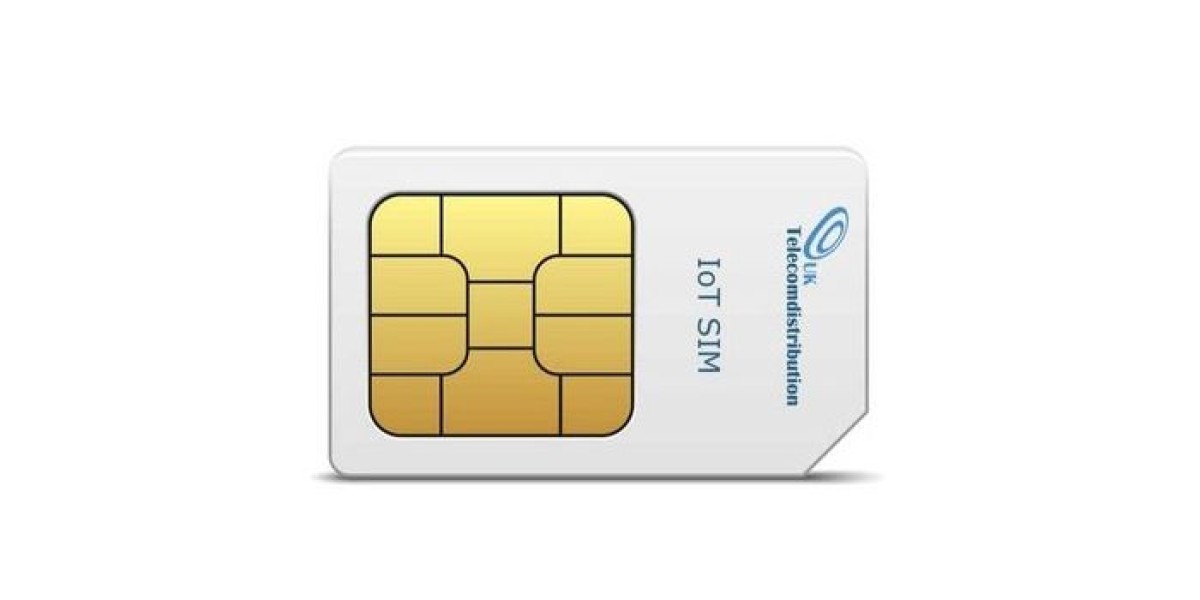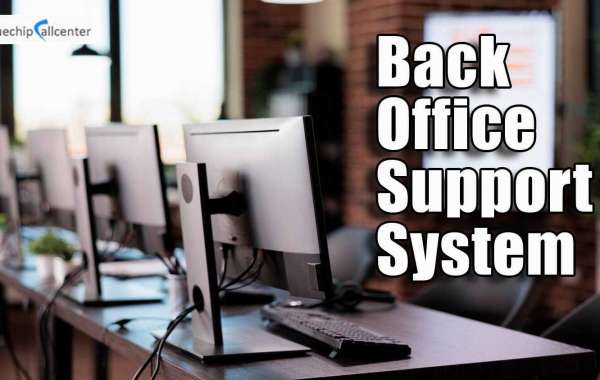In today’s digital age, SIM cards play a crucial role in connecting our devices to mobile networks. When it comes to emergency situations, reliable and quick communication is vital. Both physical SIM cards and eSIM technology offer ways to maintain this connection, but their differences can have a significant impact, especially in critical scenarios. In this article, we will explore the differences between physical SIM cards and eSIMs, focusing on their use in emergency situations.
Physical SIM Cards: Traditional and Reliable
A physical SIM card is a small, removable chip that connects your device to your mobile carrier’s network. It is inserted into a designated slot on your phone or device, and it stores essential information like your phone number, carrier details, and network settings.
For emergency use, a physical SIM card has certain advantages:
Universal Compatibility: Physical SIM cards are widely compatible with almost every mobile device. This makes them a reliable choice for emergency communication, particularly when traveling or in areas with limited network infrastructure.
Simplicity: When an emergency arises, simply inserting a physical SIM card into a device is often the fastest way to establish a connection, especially if there’s a need for immediate action, such as making a call or sending an emergency text.
Backup Availability: If your device malfunctions, a physical SIM card can be easily removed and placed into another compatible phone, allowing you to retain your network connection quickly and with minimal disruption.
eSIM: The Future of Connectivity
Unlike traditional physical SIM cards, an eSIM (Embedded SIM) is a digital version that is built into your device. Instead of inserting or swapping out physical cards, an eSIM is programmed into your device and activated through a carrier or network provider.
For emergency use, eSIM technology presents several distinct advantages:
Remote Activation: eSIMs can be activated remotely, making them incredibly convenient in urgent situations. This is particularly useful for emergency services or international travelers who need to switch networks quickly without physically changing SIM cards.
Multiple Network Profiles: eSIMs allow users to store multiple carrier profiles on a single device. In emergencies, this feature can be invaluable, as it enables the device to quickly switch between networks to find the strongest signal or access emergency services.
No Need for Physical Handling: Since an eSIM is embedded within the device, it eliminates the need for physical handling, reducing the risk of losing or damaging the SIM card during an emergency. This also means less chance for any network interruptions due to SIM card malfunctions.
Comparing Both for Emergency Use
When comparing physical SIM cards and eSIMs for emergency use, several factors come into play:
- Convenience: While physical SIM cards are simple to use and swap between devices, eSIMs offer more flexibility by allowing for remote activation and multiple network options on a single device.
- Reliability: In an emergency, having a physical SIM card can be a quick and straightforward solution, particularly if you need to use a different phone. However, an eSIM’s ability to switch networks and maintain service without physical swapping can be advantageous in some critical scenarios.
- Security: Both physical SIM cards and eSIMs are generally secure, but eSIMs have the added advantage of being harder to remove or tamper with since they are embedded in the device, making them a more secure option in some cases.
Which is Best for Emergency Use?
Ultimately, the best option for emergency use depends on the specific situation. A physical SIM card may be more useful in traditional or low-tech environments, where a simple swap between devices can resolve connectivity issues quickly. On the other hand, eSIM technology offers superior flexibility and the potential for uninterrupted service during emergencies, particularly for users who travel internationally or need the ability to switch networks rapidly.
For critical emergency services, such as those used in lifts or security systems, having an emergency SIM card—whether physical or eSIM—ensures that vital communications remain functional when every second counts.
Conclusion
Both physical SIM cards and eSIM technology have their strengths and weaknesses when it comes to emergency use. While physical SIM cards remain reliable and straightforward, eSIM technology offers advanced features like remote activation, multiple profiles, and enhanced security. Depending on your needs and the specific circumstances, either option can provide a dependable solution for ensuring connectivity during emergencies.
Whether you're preparing for a holiday trip, traveling for business, or ensuring your emergency systems are ready, understanding these differences can help you make the best choice for staying connected when it matters most.










